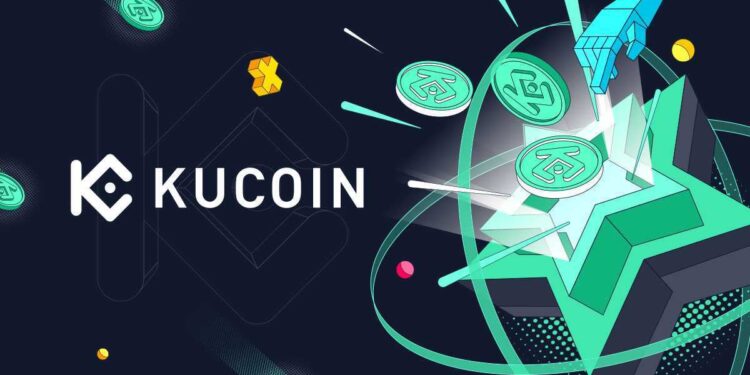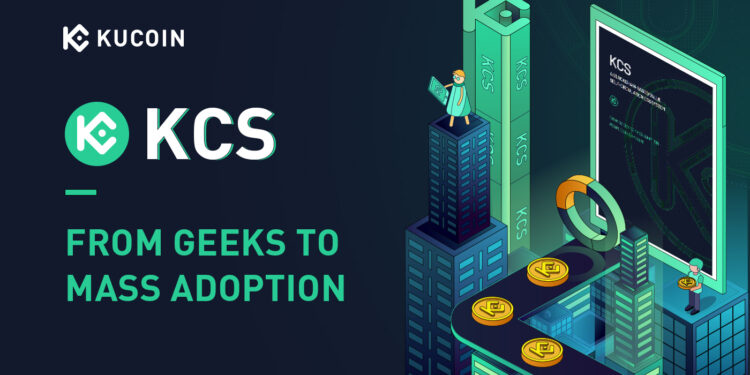Advertisement
Decentralized finance (DeFi) is booming. But despite the fact that Ethereum (ETH), arguably DeFi's main accelerator, has achieved its goal of becoming the best programmable blockchain in the world, its widespread use has also highlighted its biggest weakness – scalability. Congestion has become common on the network, leading to high gas fees, making it impossible for projects to run microtransaction payments on Ethereum.
Aware of these limitations, DeFi space has been actively looking for alternatives, with direct correlations seen in the growing adoption of on-line bridge technology. With this model, transactions on an expensive network like Ethereum can be routed through a cheaper network with bridges, allowing for cheaper transaction costs. As a result, the world can be put into a more efficient space with carefully crafted bridge technologies, a technology where previously isolated blockchains were connected to ensure use cases are not limited by network scalability.
A combined effort between KuCoin and the community built around KCS – their original token addressed these efforts by creating a high-performance blockchain, KCC.

KuCoin exists as a well-known exchange recognized as a service for everyone. Meanwhile, the developer community of the KCS ecosystem is rooted in the KuCoin community and KCS holders. Together, these teams are putting their knowledge into the release of the KCS white paper.
The white paper outlines how to address high gas fees on Ethereum through a larger ecosystem. In this ecosystem, a number of different projects and platforms, including DeFi, NFT, games, and Web3-related application projects, will be aggregated to increase the number of scenarios (scenarios) for KCS – KuCoin's original token.
The release of the KCS white paper is also said to align kuCoin core group, institutional investors, angel investors and other representatives in the community in the establishment of the KCS Management Fund. These efforts will oversee KCS' research, funding, investment and resource integration in the development of new services that help deliver overarching project objectives.
Move to multichain 3.0 ecosystem
Blockchain publicly uses the Proof-of-Staked-Authority (PoSA) consensus mechanism to minimize block validation time, while costs are settled through the adoption of KCS exchanges as on-line gas fees. As a result, the team can provide community users with a faster, more convenient, and lower-cost experience. It should be noted that PoSA as a Consensus algorithm will also improve security and stability.
In contrast to other public blockchains in the market, the KCC chain works similarly to the Ethereum Virtual Machine (EVM) compatible chain. The public chain will be fully compatible with both EVM and ERC-20 smart contracts, ensuring low mobility costs of projects. However, when KCS tokens are used for gas charges on the chain, the cost will be reduced further as the production of blocks every three seconds will ensure improved transaction confirmation times.

As the KCC blockchain evolves, it will gradually move from EVM 1.0 compatibility to 2.0, bringing utility in the multichain 3.0 ecosystem with compatibility across different chains and assets. At this point, it will become important for the KCC blockchain to further focus efforts in creating the right infrastructure for large-scale use and development, complete with intra-chain and inter-chain protocols.
At its core, these technological innovations will remain the main driver behind the blockchain industry. For this reason, the team has committed that resources will be devoted to supporting developers in initial creative projects while leveraging the KCS fan community and the KuCoin exchange ecosystem on KCC. Therefore, the white paper demonstrates that KCC is more than just a conventional chain and is instead a closed ecosystem of technology, products and users as a breeding ground for the development of the industry.
Live on mainnet
The KCC project was launched on the Mainnet in June 2021, becoming an access point to the larger KCC network, further accelerating the inherent value of KCS tokens. In the KCC ecosystem, KCS tokens become the base fuel for the network, with usage seen in gas charges.
After deploying on KCC's main network, the group has also released the early stages of grants and ambassador programs. KCC has since successfully achieved the first phase of the project's objectives, including the completion of the ecosystem's infrastructure on the chain such as the deployment of cross-chain bridges on the KCC blockchain, multi-signature wallets, and GoDAO websites. Today, dozens of projects have been implemented across the ecosystem, with TVL on the $70 million access chain and wallet addresses over 300,000.
Now, after the release of the white paper, KCS tokens are entering the second stage of development to strengthen cooperation with the KCC and KuCoin blockchain ecosystems. The team believes that these collaborative efforts will continue to promote diversity in future value discoveries.
















